I am trying a new seeding mat. The other one mysteriously died...but I have a year warranty, so I will either try another or get my moola back. My consumer report will be out later. I have been shifting things around because some things grew more quickly than others. I guess that is why one might want to read the Germination information on the back of the seed packet. In the movement and reorganization, some starts have lost their label. Perhaps colored toothpicks next year?!
I have been shifting things around because some things grew more quickly than others. I guess that is why one might want to read the Germination information on the back of the seed packet. In the movement and reorganization, some starts have lost their label. Perhaps colored toothpicks next year?!
Another interesting tidbit...I had heard different things about removing the humidity dome, so I let it sit on the sprouts for a day or so and then completely removed it. As you can see, the seeds seem to be doing just fine. Below is (L to R): watermelon, cucumber, zinnia, lettuce, zucchini, nasturtium, and cabbage.
 By the way, if you are a spider appreciator like me (as long as they are no where to be seen), using lights seems to attract every creepy crawlie possible in my scary basement. Silverfish, mosquitos, ants, who knows what else is lurking around those trays!? Below is: snapdragons, collards, onion and lupine. My left over Bend, OR lupine seeds didn't germinate. They are too old. So I planted new ones and they are doing fine.
By the way, if you are a spider appreciator like me (as long as they are no where to be seen), using lights seems to attract every creepy crawlie possible in my scary basement. Silverfish, mosquitos, ants, who knows what else is lurking around those trays!? Below is: snapdragons, collards, onion and lupine. My left over Bend, OR lupine seeds didn't germinate. They are too old. So I planted new ones and they are doing fine.
 Another good discovery investment that you might want to try yourself! Watering seems to be my biggest issue when it comes to keeping my seeds happy. My wonderful friend Lindsay let me use her self watering mat and it really did wonders, but in order to go get another just like it, I would have had to purchase the entire kit! Crazy, I know! So I checked in with Indoor Gardens, where one of TGS students interns, and they hooked me up with some cheap cloth that does the same thing! I cut some left over wood to hold the trays up above the water, and voila! Happy seeds and happy pocketbook! Do people still use pocketbooks?!
Another good discovery investment that you might want to try yourself! Watering seems to be my biggest issue when it comes to keeping my seeds happy. My wonderful friend Lindsay let me use her self watering mat and it really did wonders, but in order to go get another just like it, I would have had to purchase the entire kit! Crazy, I know! So I checked in with Indoor Gardens, where one of TGS students interns, and they hooked me up with some cheap cloth that does the same thing! I cut some left over wood to hold the trays up above the water, and voila! Happy seeds and happy pocketbook! Do people still use pocketbooks?!
 From the left, we have nasturtium, lettuce, onion, eggplant that took a while to get going, and acorn squash.
From the left, we have nasturtium, lettuce, onion, eggplant that took a while to get going, and acorn squash.



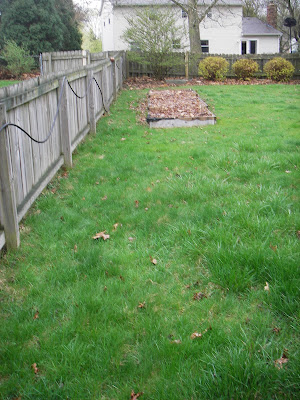



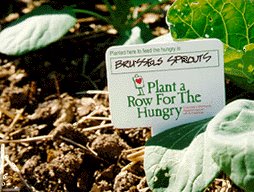
















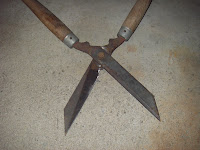









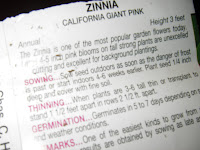

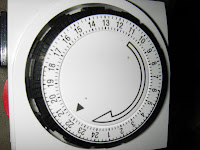

 I am going to keep my little domes on the plants until they start.
I am going to keep my little domes on the plants until they start.






 CU's Garden Mosaics program takes root, renews ties to nature article:
CU's Garden Mosaics program takes root, renews ties to nature article: